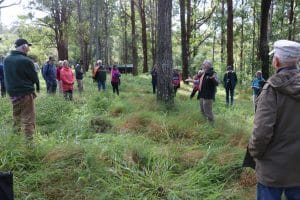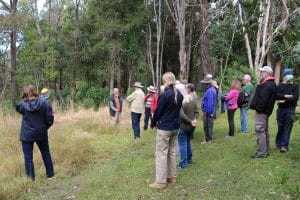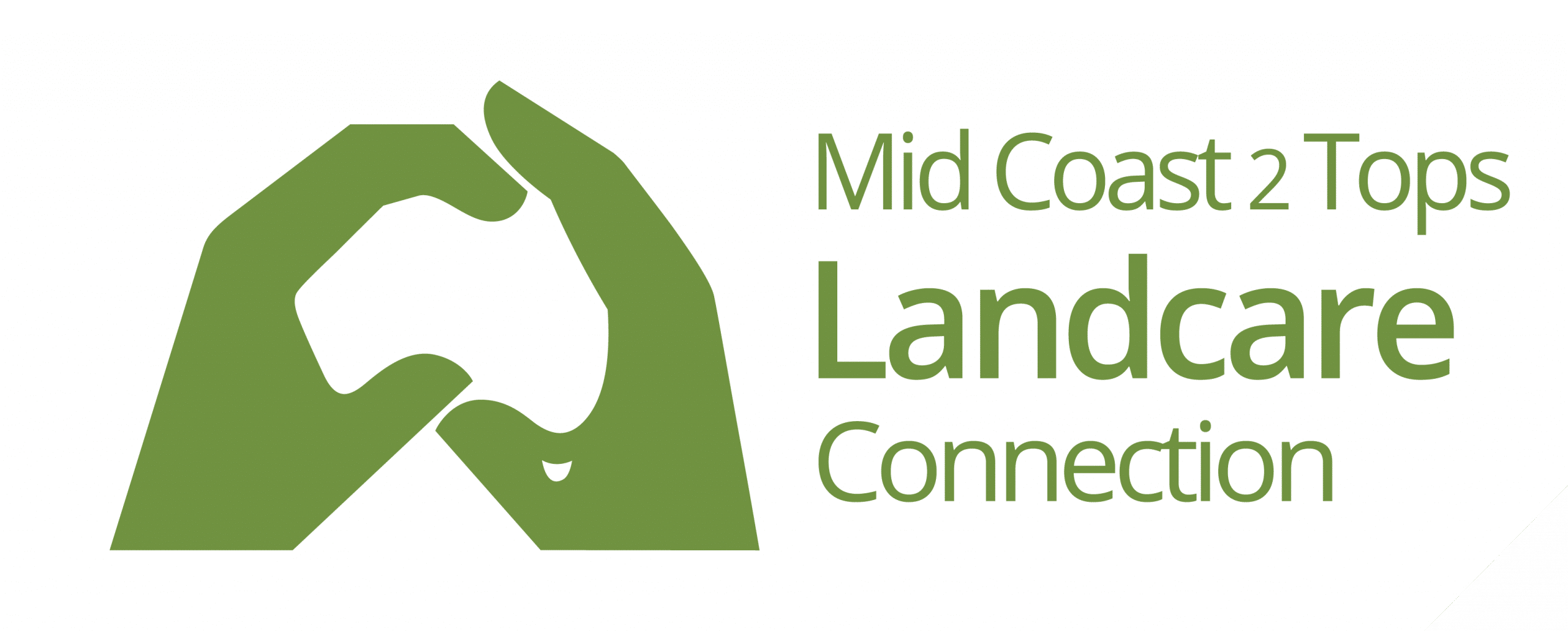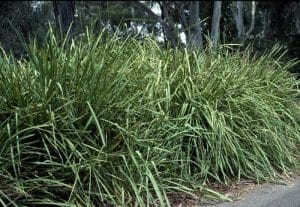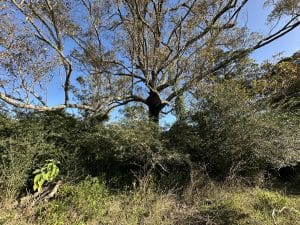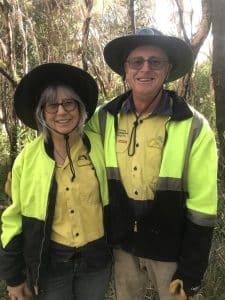Despite the unpredictable weather, we managed to deliver two excellent field days as part of our Conservation on Private Lands Education program. On a chilly morning in July, about 20 hardy souls trekked out beyond Gloucester to a beautiful private campground on the Barrington River, where hosts, Naomi and Brian gave an overview of their river restoration works. The morning was part group-conversation, part demonstration, and it was really enlightening to hear Naomi and Brian’s personal journey in riparian restoration, including stories of droughts and floods and Platypus.
A week or so earlier, heavy rains flooded the banks of this property for the third time in two years. Despite this, the banks retained good stands of the hardiest of native riparian plants – RIver Oaks (Casuarina cunninghamiana) and beautiful, old and twisted Water Gums (Tristaniopsis laurina); along with a flush of baby water gums in the fresh mounds of river sand. We had to be careful not to crush the regeneration in areas as it was so thick! Bush regenerators and expert native plant growers, Peter and Kim Gollan delivered some excellent demonstrations of riparian weed control, where Peter demonstrated the use of a very handy small electric powered chainsaw; long-stem tubestock planting in riverbanks; and at the end of the presentation, Pete climbed a large old Coral Tree and planted a couple of Strangler Figs in the trunk. The figs are expected to overpower the host tree in about 150 years – that’s what we call long-term planning! Thanks to everyone for coming along, and to Naomi and Brian for your generosity in sharing both your property and your stories.
Our second field day was held atMinimbah at Peter and Kim’s Conservation Property. About 30 people came along and meandered through the native grasses, identifying native groundcovers and discussing the threat of exotic pasture grasses to these often overlooked ecosystems. Peter and Kim have been managing Broad-leaved Paspalum and Setaria on the property in order to restore the health and extent of native grass species such as Poa labillardierei (Poa Tussock), Themeda triandra (Kangaroo Grass), Microlaena stipoides (Weeping Rice Grass), and Capillipedium specigerum (Scented-Top). We discussed various control options for some of these exotic grasses, and the option of utilising Lantana ‘hedges’ to protect healthy ecosystems from grass weed invasion downslope. We also talked aboutaltering slashing regimes so as to maximise native grass seed set by raising cutting deck height and slashing after seed set in early summer. Participants received a copy of the Rose handbooks – Grasses of Coastal NSW or Pasture ‘weeds’ of coastal NSW so they could go on with their personal journey in learning about native and exotic groundcovers. The morning was topped off with a solo Glossy Black Cockatoo flying overhead whilst vocalising with its quiet, mournful call. Thanks to Pete and Kim for hosting an excellent morning and to all the staff from Hunter Local Lands Services who attended both days.
This article is from our Conservation on Private Lands Education program, which is part of Partnering in Private Land Conservation. A joint initiative delivered by Landcare NSW and the Biodiversity Conservation Trust, and supported locally by Mid Coast Council.
